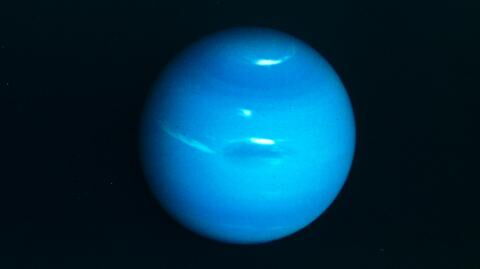As surprising as it may seem, researchers have just detected alcohol for the very first time. In the heart of our galaxy. More specifically, it is a molecule of isopropyl alcohol, also known as isopropanol and widely used on Earth as a stripper, degreaser and solvent in industry or as a gasoline additive.
Discover our latest podcast
It has been identified in, the massive Sagittarius B2 star-forming region, located near the centre of our Milky Way.
Alcohol at the centre of the Milky Way
The authors of this unprecedented discovery explain it in a study published on June 28, 2022, in the journal Astronomy & Astrophysics. Astronomers have been studying in-depth the chemical composition of this molecular cloud, located near the black hole, for fifteen years now. The Sgr A* of our galaxy is studied in order to understand how organic molecules are formed in the interstellar medium, in particular in regions where new stars are born.

This is done by taking advantage of the high angular resolution and sensitivity of the Atacama Large Millimeter/submillimeter Array, a telescope located in the Atacama Desert, Chile, and more simply known as ALMA. Using these the researchers have been able to analyze in detail the chemical composition of matter involved in the mechanism of star formation. They are now seeking to establish links with the chemical composition of bodies in the solar system such as comets.
Since 2014, ALMA's observations have thus led to the identification of three new organic molecules (isopropyl cyanide, N-methylformamide and urea. Which is added to the recently detected propanol molecule (C3H7OH).
Already 277 molecules spotted in the interstellar medium
More broadly, to date, no less than 277 molecules have been identified across the interstellar medium, and the list continues to grow. The latest, propanol, is also the largest of this class of molecules detected in space.

Propanol (C3H7OH) is an alcohol, which exists in the form of two isomers: propan-1-ol and propan-2-ol (also called isopropanol). However, it is these two forms of molecules that were identified by the team of Arnaud Belloche, an astronomer at the Max Planck Institute for Radio Astronomy in Bonn and the main author of the study.
This is a remarkable event in more ways than one because it is the first time that isopropanol has been detected in the interstellar medium. Moreover, this is also the first time that normal propanol has been detected in a region of formation of stars.
This article is translated from Gentside FR.
Read more:
⋙ Astronomy: Beginner's guide to get started
⋙ A huge comet has entered the solar system and will be visible in July















